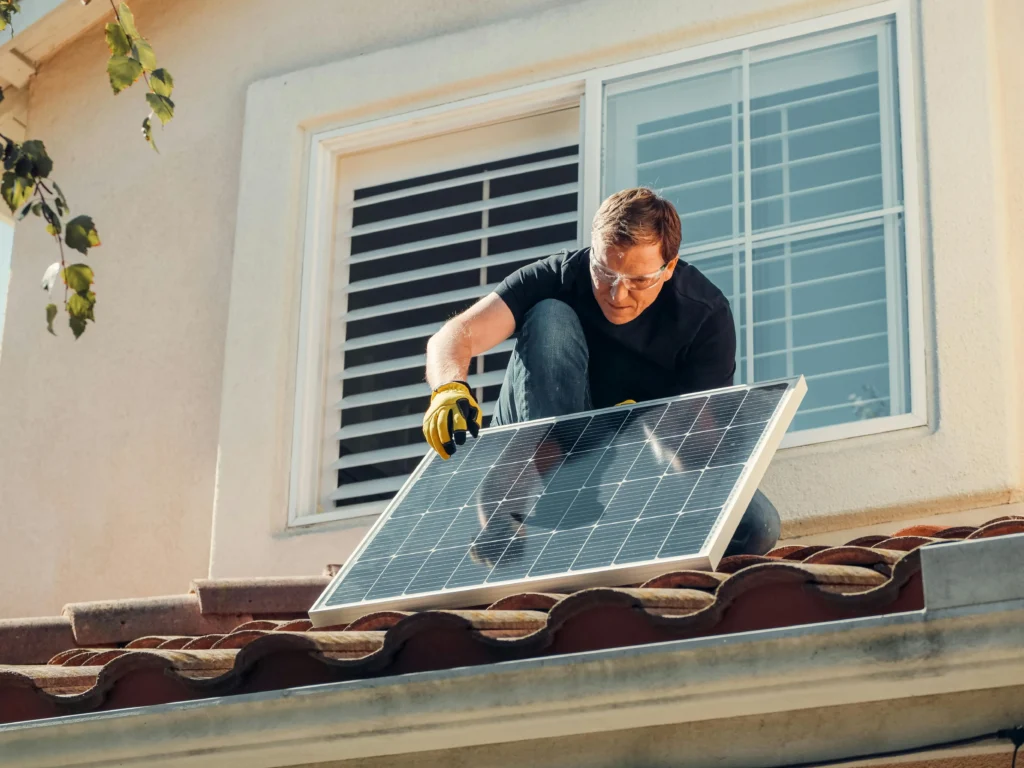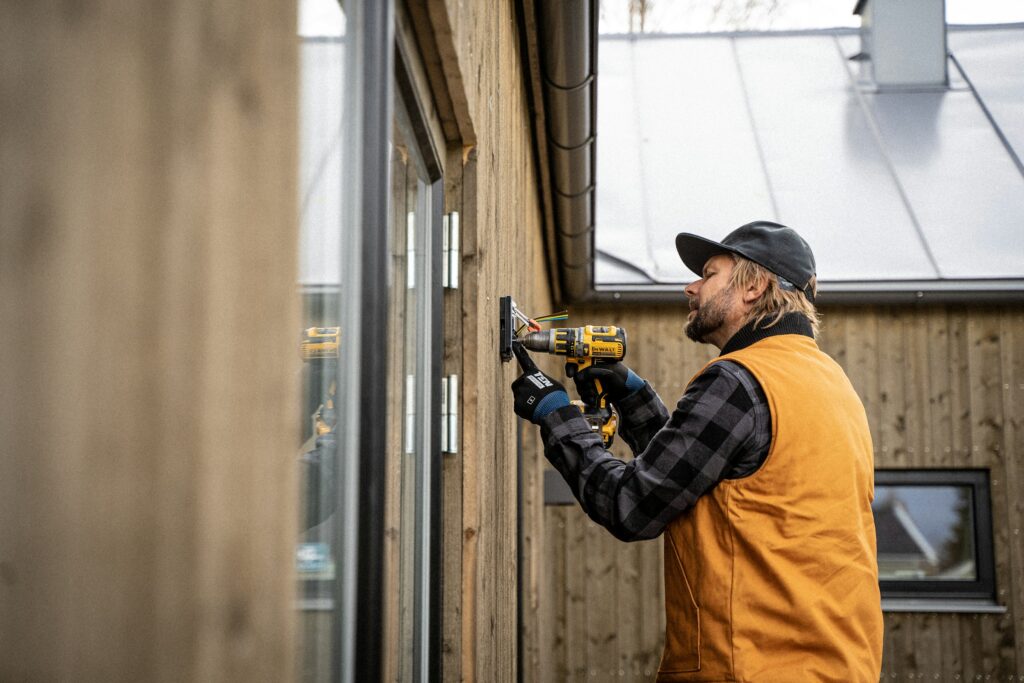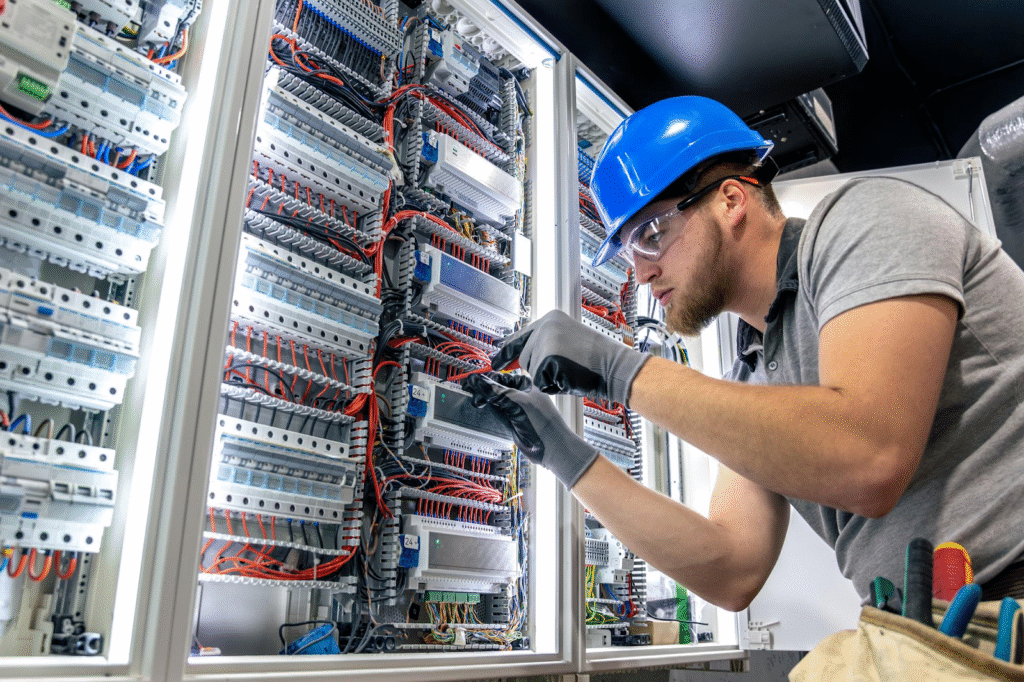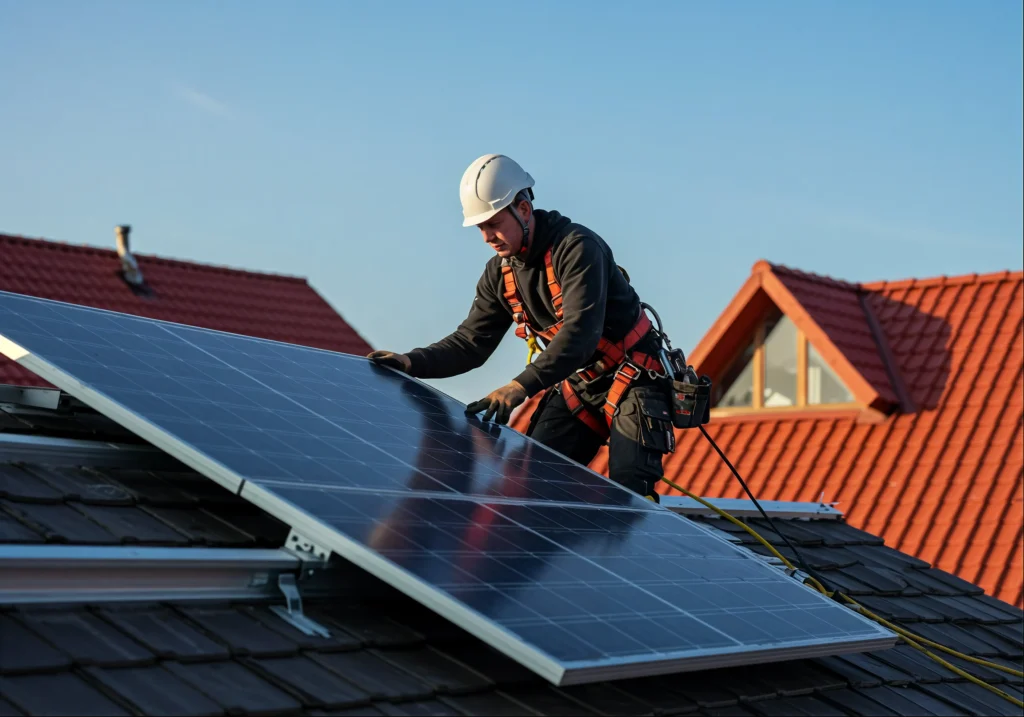Switching to solar can be smart, especially in Perth, where long sunny days and rising electricity prices make solar systems a practical investment. But a smooth installation starts with properly preparing your home.
That said, early planning can help avoid delays, reduce costs, and ensure your system performs as expected. With the right setup, you’ll enjoy faster returns, lower bills, and greater energy independence. In this article, you’re able to discover the key steps to get your home ready for a successful solar panel installation in Perth.
Essential Checklist for Solar Installation
A smooth solar installation starts well before the panels hit your roof. This essential checklist covers everything you need to prepare your Perth home for a safe, and hassle-free setup:
1. Assess Your Energy Usage and Future Needs
To maximise the benefits of your solar system, it’s important to understand how and when your household uses electricity. By reviewing your power bills over the past year, it can reveal daily and seasonal usage patterns, including peak times like evenings or summer months.
This information helps your installer design a solar panel installation in Perth that matches your energy needs, especially if battery storage is being considered. With a well-sized system, it ensures efficient use of generated power and minimises reliance on the grid. During the planning stage, it’s also worth factoring in future changes, such as new appliances, renovations, or electric vehicle charging.
2. Evaluate Roof Suitability and Structural Integrity
Solar panels rely heavily on sunlight access, so it’s important to assess your roof’s orientation and condition. With north-facing roofs, it typically provides the best generation potential in Perth, although east or west-facing surfaces can still perform efficiently when the system is designed correctly.
So, before installing the system, the roof should be checked for damage, debris, and shading from nearby trees or structures. Loose tiles, rusted metal, or sagging areas should also be repaired ahead of time to avoid delays or safety issues.
In addition to that, mounting equipment should suit your roofing material. With proper sealing around penetrations, it will help prevent leaks. With licensed Perth electricians, it usually handles these technical details, but it helps to know what to expect during the assessment.
3. Ensure Your Electrical System Is Ready
The switchboard serves as the hub of your home’s electrical system. If outdated or overloaded, it may not safely support new solar connections. That said, inspections should confirm that safety switches, circuit breakers, and surge protection devices are installed and functioning properly.
Moreover, homes built over 20 years ago often require upgrades before a solar panel installation in Perth begins. These may involve replacing fuse boxes, adding isolators, or reorganising existing circuits. If a battery system is being installed at the same time, additional provisions will be needed to support storage and backup functionality.
In addition to that, upgrading your switchboard ensures your system meets safety standards and supports a smooth solar panel installation in Perth. These improvements also enhance your home’s overall electrical safety.
4. Consider Battery Storage and Backup Preferences
Many households across Perth are now choosing to pair their solar systems with battery storage. This option allows solar energy to be stored during the day and used later in the evening, or during grid outages. The thing is, including a battery enhances energy control and can provide peace of mind when blackouts occur. So, deciding early whether storage will be part of your system helps simplify design and installation.
To simply put it, residential battery adoption is growing across Australia. According to Renew Economy, battery installations rose by 55% in 2022, with approximately 47,100 new systems added that year. This brings the total number of battery-equipped homes to around 180,000.
Location is another factor to address, as a cool, well-ventilated, and protected space should be reserved for battery installation. Some systems are installed outdoors, while others may be mounted in a garage or utility area. Local fire safety guidelines and minimum clearances also need to be followed.
However, if you’re not planning on adding a battery immediately, preparing the system for easy future integration is still possible. This approach, known as battery-ready installation, includes inverter capacity, switchboard configuration, and wiring that supports storage when the time is right.
5. Understand Metering and Grid Connection Requirements
Installing a solar system typically requires a smart meter to track electricity use and excess energy sent back to the grid. Your electricity retailer manages this process, which is usually coordinated during or shortly after installation.
In Perth and throughout Western Australia, export limits are enforced based on inverter capacity and local grid constraints. Most distributors in Australia permit only around 5 kW export capacity per inverter. According to the Australian Energy Regulator, the average static export limits in 2024 rose to 5.7 kVA. In this way, it helps prevent grid overload and ensuring safe, compliant operation
Moreover, battery-equipped homes often export less energy to the grid, since power is used internally first. So, understanding these requirements is important for planning a compliant and efficient solar panel installation in Perth.
6. Prepare Your Property for Installation Day
Installers require safe and clear access to the roof, switchboard, and battery installation areas, so overgrown plants, stored equipment, or clutter should be removed beforehand. In this way, it helps the installation team work efficiently and safely.
Children and pets should also be kept away from work zones during the installation. In addition, temporary power shutoffs may occur while your system is connected. The disruption is typically brief but should be anticipated.
Once installation is complete, the system will be tested and commissioned. You will be shown how to monitor system output, check battery charge levels, and shut the system down safely in an emergency. In addition to that, regular checks help maintain performance and reduce the risk of unexpected issues requiring solar panel repairs.
Get Your Home Ready for Reliable Solar Energy
Preparing your home properly ensures a safe, efficient, and long-lasting solar setup. Each step you take helps create the conditions for a smooth installation and reliable long-term performance. For homeowners in Perth, good preparation means fewer delays, better system output, and greater energy savings.
Fortunately, a successful solar panel installation in Perth depends not just on quality materials, but also on trusted expertise. At SolArk Electrical, we provide tailored solar and battery solutions, delivered by experienced installers who understand the unique needs of Perth homes. For more information, get in touch with us today!
Frequently Asked Questions (FAQs)
To learn more about solar panel installations, here are answers to your common questions!
How much does it cost to install solar panels in Perth?
The cost of installing solar panels in Perth depends on the system size, quality of components, and whether battery storage is included. For accurate pricing, it’s best to get a quote from trusted solar installers in your area.
Is it worth getting solar in Perth?
Yes, Perth’s high sunlight levels make solar a cost-effective choice for reducing electricity bills. Most homeowners see strong long-term savings and a good return on investment.
Are you allowed to install your own solar panels?
In Australia, solar panel installation should only be done by a licensed electrician with Solar Accreditation Australia (SAA) Qualifications. This ensures safety, system performance, and eligibility for warranties and rebates.






